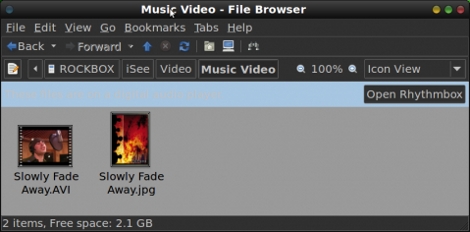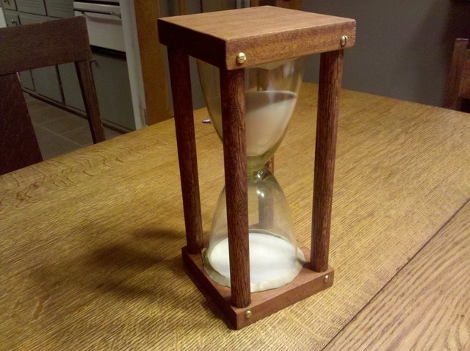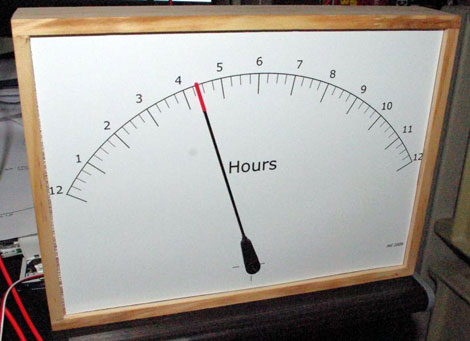
[Dave] hosted a one day seminar at the Illinois Institute of Technology which focused on rapid electronics prototyping for those with little prior experience blinking those LEDs. As the defacto standard for novice prototypers it’s no surprise that he gave an Arduino to each team to use as the controller-computer interface. He started the day by getting the Firmata package up and running. Firmata is a set of libraries that make communications between software and a microcontrollers simple. In this case, each team developed a Flash game that used data from the Arduino as a control.
Several rudimentary games resulted from the day. We’ve embedded video of two of them after the break for your enjoyment. Lion Vs. Pig uses potentiometers, a distance sensor, and an arcade button to play a game of cat-and-mouse (well, Lion-and-Pig really). The other is Kick the Cat, a game that uses a flex sensor and force sensor combination as input. This is something of a virtual mini-basketball game that uses a springy material to launch a virtual feline at a target.
These teams already had a background in code, but the hardware was a new endeavor for them. Arduino helps to break down this cross-over barrier and we think this will result in more people to contribute to open source projects, and falling hardware prices due to a larger volume of demand.
Continue reading “Developing Physical Controllers For The Uninitiated”















